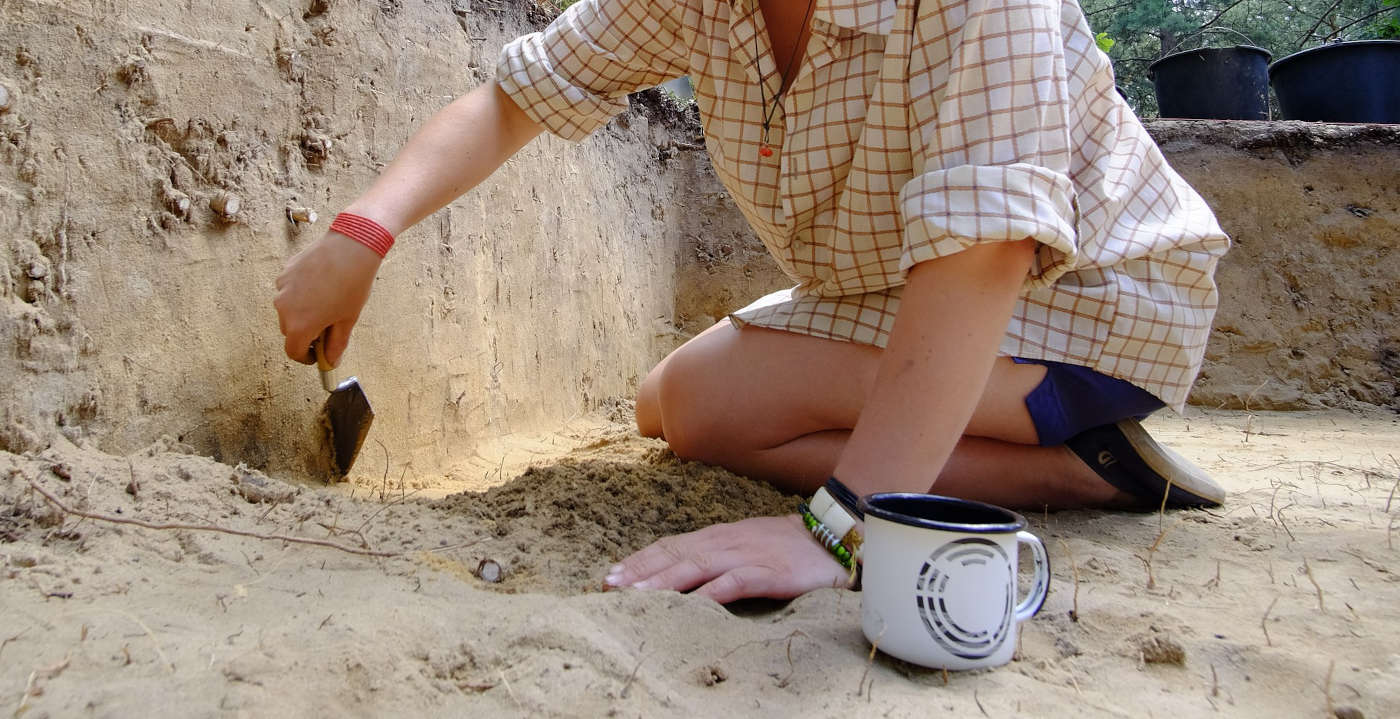Disconcerting: one in three female archaeologists has been abused in the workplace
Yesterday, on the occasion of the International Day for the Elimination of Violence against Women, theNational Association of Archaeologists (ANA) released data from a survey that captures the prevalence of gender discrimination and abuse in the field. The results paint a worrying and even disconcerting picture: 69 percent of professionals said they had experienced discriminatory behavior in the workplace, while 70 percent said they had witnessed incidents of discrimination or abuse against their colleagues or colleagues. Women, who represent 65 percent of Italian archaeologists, are the main victims of this dynamic.
Despite efforts to improve working conditions for archaeologists, gender discrimination and abuse remain a major challenge. Women, in particular, reported experiencing sexual and gender discrimination (46.45%), marginalization in the workplace (42.62%), and non-assignment to professional positions (32.24%). At the same time, 33% of respondents experienced multiple types of abuse, with women once again predominating (84%). Verbal harassment is the most common abuse, affecting 91% of women who have experienced violence at work, followed by such phenomena as bullying (50%), physical harassment (23.26%) and stalking (22%).

Women penalized and marginalized
In the world of Italian archaeology, women not only make up the majority of professionals, but also turn out to be the most affected by discrimination. The survey conducted by ANA shows that more than half of female archaeologists have experienced gender discrimination at least once. The issues that emerged ranged from marginalization in the work environment to non-assignment to incidents of verbal or physical harassment. A particularly significant finding relates to verbal harassment: about one in three female archaeologists say they have been the victim of inappropriate or offensive comments during the course of their work. In addition to this, many women report difficulties in accessing positions of responsibility, sometimes solely because of their gender.
The difficulties faced by women archaeologists are not limited to the present. The survey recalls data from the Third National Census of Italian Archaeologists, conducted on a sample of 1,080 professionals and presented by the ANA at the Paestum Mediterranean Tourism Exchange. This study reveals how many female archaeologists have been forced to leave the profession in the past, in search of higher-paying jobs that can be reconciled with parenthood. Not infrequently, these decisions were also motivated by the need to escape work contexts characterized by abuse or gender discrimination.
Awareness of the problem
While the problem persists, there are signs of increased awareness among professionals. A portion of respondents admitted to having engaged in behavior in the past that would be classified as discriminatory or abusive today. In detail, 24 percent of professionals acknowledged that they had adopted discriminatory attitudes, often unintentionally, while 7.57 percent admitted to having engaged in behaviors that could be classified as abusive.
This finding, while negative, testifies to the existence of ongoing reflection in the field and a potential openness to change. The ANA’s survey dunquently highlights the need for concrete action to counter discrimination and promote gender equality in the field. Indeed, the archaeology profession, already undergoing economic and labor challenges, cannot afford to continue to tolerate violence and discrimination. Events such as the International Day for the Elimination of Violence against Women provide an important opportunity to raise awareness of these issues among the public and professionals themselves. But, as the data collected underscores, it is necessary to go beyond mere denunciation, focusing on structural initiatives that ensure equal opportunities and safety for all professionals. The numbers presented by the ANA, therefore, cannot be ignored. Women archaeologists, despite their predominant role in the profession, continue to face discrimination and abuse, often systematically. However, the growing awareness of the problem, by both victims and perpetrators, is a first step toward real change.
“These data are the result of a broader operation aimed at describing the evolution of our profession, which involved more than 1,000 archaeologists and archaeologists and placed a very strong focus on the changes taking place in the category,” says Marcella Giorgio, president of the National Association of Archaeologists. “Regulatory recognition since 2014 has had a positive impact on improving working conditions for archaeologists, and many are reporting increasing job satisfaction and more stable working conditions than in the past. Despite everything, however, critical issues emerge that we should not underestimate. Archaeology is a field predominantly composed of women, 63 percent of whom are under 40 and highly educated, but who often fall victim to discriminatory behavior that we must eliminate. We hope that this snapshot, combined with the willingness to pay more and more attention to these issues and specific awareness policies, will be a stimulus that will allow us to overcome certain attitudes by going on to positively affect the entire sector.”
 |
| Disconcerting: one in three female archaeologists has been abused in the workplace |
Warning: the translation into English of the original Italian article was created using automatic tools. We undertake to review all articles, but we do not guarantee the total absence of inaccuracies in the translation due to the program. You can find the original by clicking on the ITA button. If you find any mistake,please contact us.





























